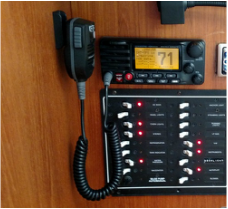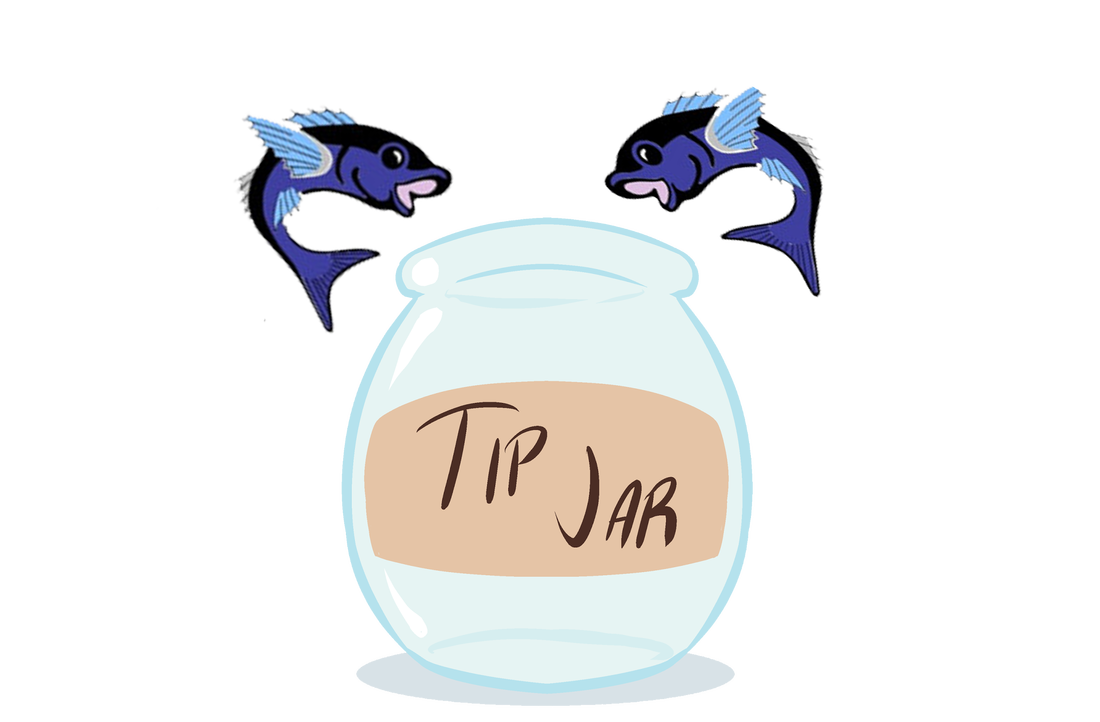
Modern sailboat VHF radios are fairly advanced. They have Digital Selective Calling (DSC), integrated GPS, WAAS, AIS, and many other features. All these things make the modern VHF an important piece of equipment.
One of the nifty features is the DSC capability. If you couple this with a registered Maritime Mobile Service Identity (MMSI) number you can effectively have a one button distress signal that will transmit your boat information and location, then automatically listen for a response. When a response is acknowledged your radio sets up to the appropriate channel so you can talk to your soon to be rescuer. This is obviously a great asset while out sailing. It alleviates the possibility of voice miscommunication. All the information about your vessel is already loaded so, no need to relay that info. Your location is also already sent with information from the integrated or connected GPS.
Another less catastrophic use of a DSC VHF is the capability to "dial" another boat directly. The VHF will allow you to call ship to ship or ship to shore if you know their MMSI. Instead of waking up the entire bay by hailing your buddy boat before the sun comes up you can just use the DSC and call them discreetly.
All this magic comes at a cost. The VHF itself can run $300 or more, but that's not all. You will have to register with the FCC and get a number and password to take advantage of some of the features. First, you should get your Restricted Radiotelephone Operator Permit (RR). This permit allows you to operate marine radiotelephone stations aboard pleasure craft. You can check out the RR Permit page for when a RR is needed and the qualifications to be given one. The cost when I registered was $65 and is good for your lifetime.
Step #1 Go to the FCC site and register with the FCC's Universal Licensing System - get a FCC Registration Number (FRN) and password.
Step #2 Go to the license page select Online Filing from right side menu.
Step #3 Enter your FRN and PW
Step #4 Under My Licenses select apply for a new license.
Step #5 Select RR and complete the form.
Step #6 You will be taken to pay.gov where you can pay by direct withdraw from checking or credit card.
Now you have your RR but you need a Ship Recreational permit (SA). This permit was $215 and good for 10 years when I purchased one for Starjewel. This is where you will input your ship information and EPIRB information if you have it and you will be issued a MMSI. You can also get a MMSI free from BoatUS but that MMSI is only valid in the United States and not recognized by other countries. It is a great option if you want to use all the features of your radio, but don't plan on sailing abroad. You can check BoatUS for information on their process.
To obtain your Ship Recreational Permit repeat the above steps but select SA or SB ship instead of RR.
Now you have your Restricted Radio Operators License and your Ship Station License. Next input your MMSI into your VHF and you're ready to direct call someone on the water or ready to use your push button distress signal in case of emergency. Read your VHF manual for instructions on how to input your MMSI. Be very careful. Most radios will only allow you to overwrite the MMSI once. Any more than that and you have to send it off to the factory for reset. Supposedly this is to reduce theft. I guess if a thief knows how difficult it is to use the features he won't steal it.
You can read about the fun I had installing the VHF.
Get out and enjoy using all the features of your radio.
One of the nifty features is the DSC capability. If you couple this with a registered Maritime Mobile Service Identity (MMSI) number you can effectively have a one button distress signal that will transmit your boat information and location, then automatically listen for a response. When a response is acknowledged your radio sets up to the appropriate channel so you can talk to your soon to be rescuer. This is obviously a great asset while out sailing. It alleviates the possibility of voice miscommunication. All the information about your vessel is already loaded so, no need to relay that info. Your location is also already sent with information from the integrated or connected GPS.
Another less catastrophic use of a DSC VHF is the capability to "dial" another boat directly. The VHF will allow you to call ship to ship or ship to shore if you know their MMSI. Instead of waking up the entire bay by hailing your buddy boat before the sun comes up you can just use the DSC and call them discreetly.
All this magic comes at a cost. The VHF itself can run $300 or more, but that's not all. You will have to register with the FCC and get a number and password to take advantage of some of the features. First, you should get your Restricted Radiotelephone Operator Permit (RR). This permit allows you to operate marine radiotelephone stations aboard pleasure craft. You can check out the RR Permit page for when a RR is needed and the qualifications to be given one. The cost when I registered was $65 and is good for your lifetime.
Step #1 Go to the FCC site and register with the FCC's Universal Licensing System - get a FCC Registration Number (FRN) and password.
Step #2 Go to the license page select Online Filing from right side menu.
Step #3 Enter your FRN and PW
Step #4 Under My Licenses select apply for a new license.
Step #5 Select RR and complete the form.
Step #6 You will be taken to pay.gov where you can pay by direct withdraw from checking or credit card.
Now you have your RR but you need a Ship Recreational permit (SA). This permit was $215 and good for 10 years when I purchased one for Starjewel. This is where you will input your ship information and EPIRB information if you have it and you will be issued a MMSI. You can also get a MMSI free from BoatUS but that MMSI is only valid in the United States and not recognized by other countries. It is a great option if you want to use all the features of your radio, but don't plan on sailing abroad. You can check BoatUS for information on their process.
To obtain your Ship Recreational Permit repeat the above steps but select SA or SB ship instead of RR.
Now you have your Restricted Radio Operators License and your Ship Station License. Next input your MMSI into your VHF and you're ready to direct call someone on the water or ready to use your push button distress signal in case of emergency. Read your VHF manual for instructions on how to input your MMSI. Be very careful. Most radios will only allow you to overwrite the MMSI once. Any more than that and you have to send it off to the factory for reset. Supposedly this is to reduce theft. I guess if a thief knows how difficult it is to use the features he won't steal it.
You can read about the fun I had installing the VHF.
Get out and enjoy using all the features of your radio.

 RSS Feed
RSS Feed

